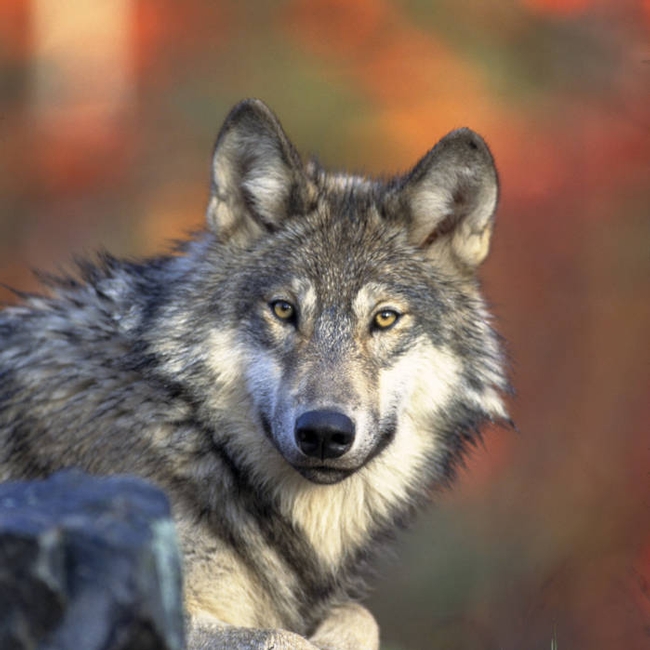
While ranchers are legitimately concerned with the potential impacts from gray wolves, other more common predators (like mountain lions, coyotes and black bears) can be more problematic in our region. And predators can have indirect impacts (like decreased weight gain, poor reproductive performance and added labor) in addition to causing direct losses.
In collaboration with my colleague Tracy Schohr (the livestock and natural resources advisor for Butte, Plumas and Sierra Counties), I have developed the following fact sheet to help ranchers understand and document these impacts:
Documenting Predator Impacts on Livestock
In the meantime, please contact our offices - or your local agricultural commissioner or wildlife services specialist - if you have specific questions!